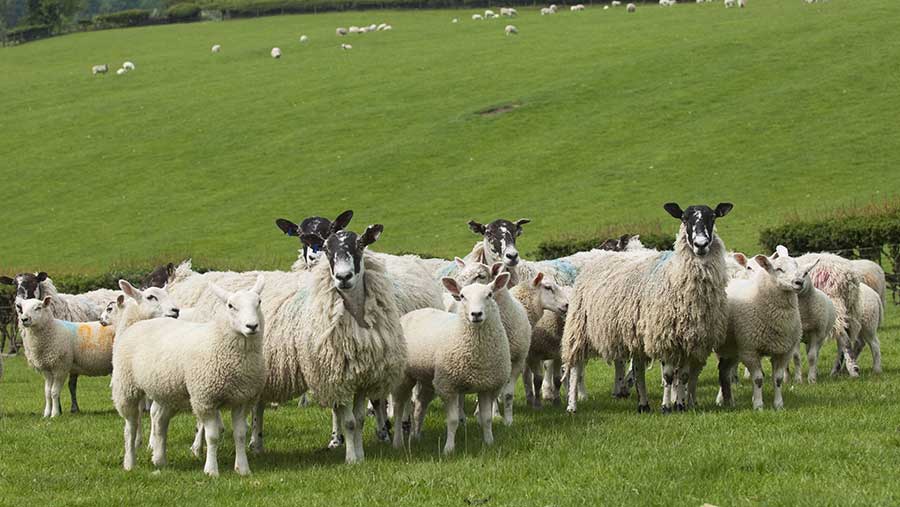Vet watch: Serious outbreaks of barber’s pole worm in sheep
 © Design Pics Inc/Rex Shutterstock
© Design Pics Inc/Rex Shutterstock Getting cows back in calf, sheep losses from Barber’s Pole worm and low protein silage are just some of the issues being observed by vets at XL Vets this month. Here’s the monthly round-up.
Jim Willshire, Endell Vet Group, Wiltshire
Our autumn-calving dairy herds are entering their service period with the focus on heat detection.
As part of our “block project” research, our vet technicians have been busy body condition scoring 6,000 cows prior to mating.
We’re focusing our clients on 10-day and three-week submission rates to maximise their six-week in-calf rates. This is by using a programme of painting and visits.
Top tips include:
Painting all cows four weeks before the start of mating and presenting those who have not rubbed off their paint three days before mating.
Changing the paint colour once cows have been served and after three weeks. As farmers walk through the herd they can work out which cows need to be presented at the next visit.
Andy Cant, Northvet Vet Group, Kirkwall
A bad summer left us wondering what the knock-on effects might be.
The late turnout and lack of grass hasn’t hit cow fertility as feared. Where empty cow numbers are higher it’s usually attributable to specific bull problems.
Quantity and quality of fodder was the other worry. A better back end allowed cows to be out longer than many expected, which will have relieved the pressure on quantity.
See also: Step-by-step guide to AI
Silage analysis is generally showing lower protein, which means farmers will need to keep an eye on the condition score of cows coming up to calving and feed extra protein where required.
We also advocate testing six to 10 cows for trace elements to check levels are adequate.
Richard Knight, Westmorland Vet Group, Cumbria
We have been discussing the ideal day lengths for dairy cows with some of our clients.
The supposed benefits are increased milk yield and improving fertility and the ideal target is a day length of 16 hours at 200 lux.
A light meter can monitor this and it’s a good idea to check around the shed before alterations. New technology in the form of LED lighting has improved accessibility and cost. A lighting plan is essential.
The technique only works when the light is maintained as the natural day shortens, keeping the cow at 16 hours of light. Improvements can’t be expected if the lights are suddenly switched on in December.
Steve Borsberry, 608 Farm and Equine Vet Surgeons, Warwickshire
We’ve had a mixed bag of cases recently. Pneumonia has occurred in cattle rapidly housed and we’ve found vaccines requiring two initial doses ahead of housing work best.
Another query received relates to buying replacement sheep. With no way of knowing if they are correctly vaccinated for clostridial disease, it makes sense to restart the course as it does the sheep no harm.
Thankfully, the five-point lameness plan has been reducing the incidence and severity of lameness. Much of this is due to not trimming lame sheep’s feet.
We’ve seen serious outbreaks of barber’s pole worm in sheep. In one case, 80 nearly finished lambs “sank to nothing”. Beware of anaemic sheep as it is not always liver fluke.
